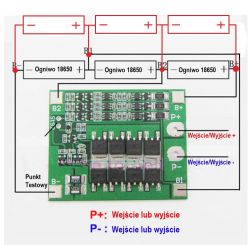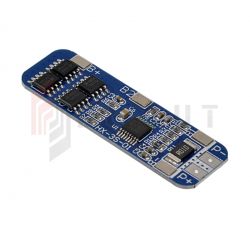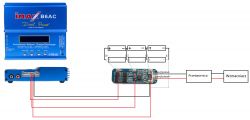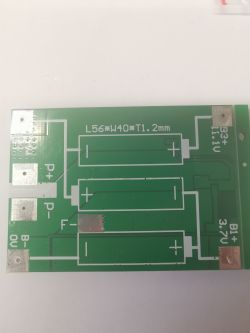Hello, I have a 3s2P cell package and I have a question if it can be loaded with this module. In the seller's drawing, the 3s1P package is drawn, whether it will load properly when the links are connected in parallel. Is this module enough to charge such a package and protect it against discharging and overcharging, should you connect something else?
Product description:
Model: HX-3S-FL25A-A
Overload protection: 4.25 ~ 4.35V ? 0.05V
Discharge protection: 2.3 ~ 3.0V ? 0.05V
Maximum current: 0 ~ 25A
Protection against turning: yes
The system is used to protect the packet from overcharging and discharging. Additionally, it contains a balancer that balances the voltage in the packets during charging.
Product description:
Model: HX-3S-FL25A-A
Overload protection: 4.25 ~ 4.35V ? 0.05V
Discharge protection: 2.3 ~ 3.0V ? 0.05V
Maximum current: 0 ~ 25A
Protection against turning: yes
The system is used to protect the packet from overcharging and discharging. Additionally, it contains a balancer that balances the voltage in the packets during charging.






